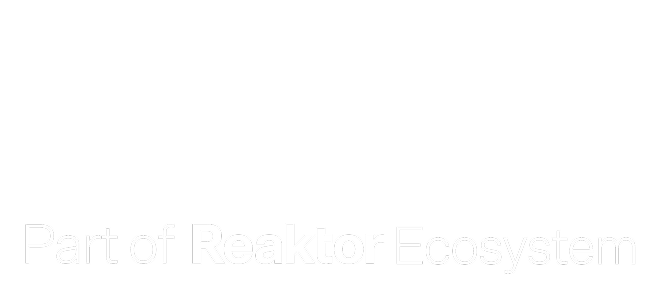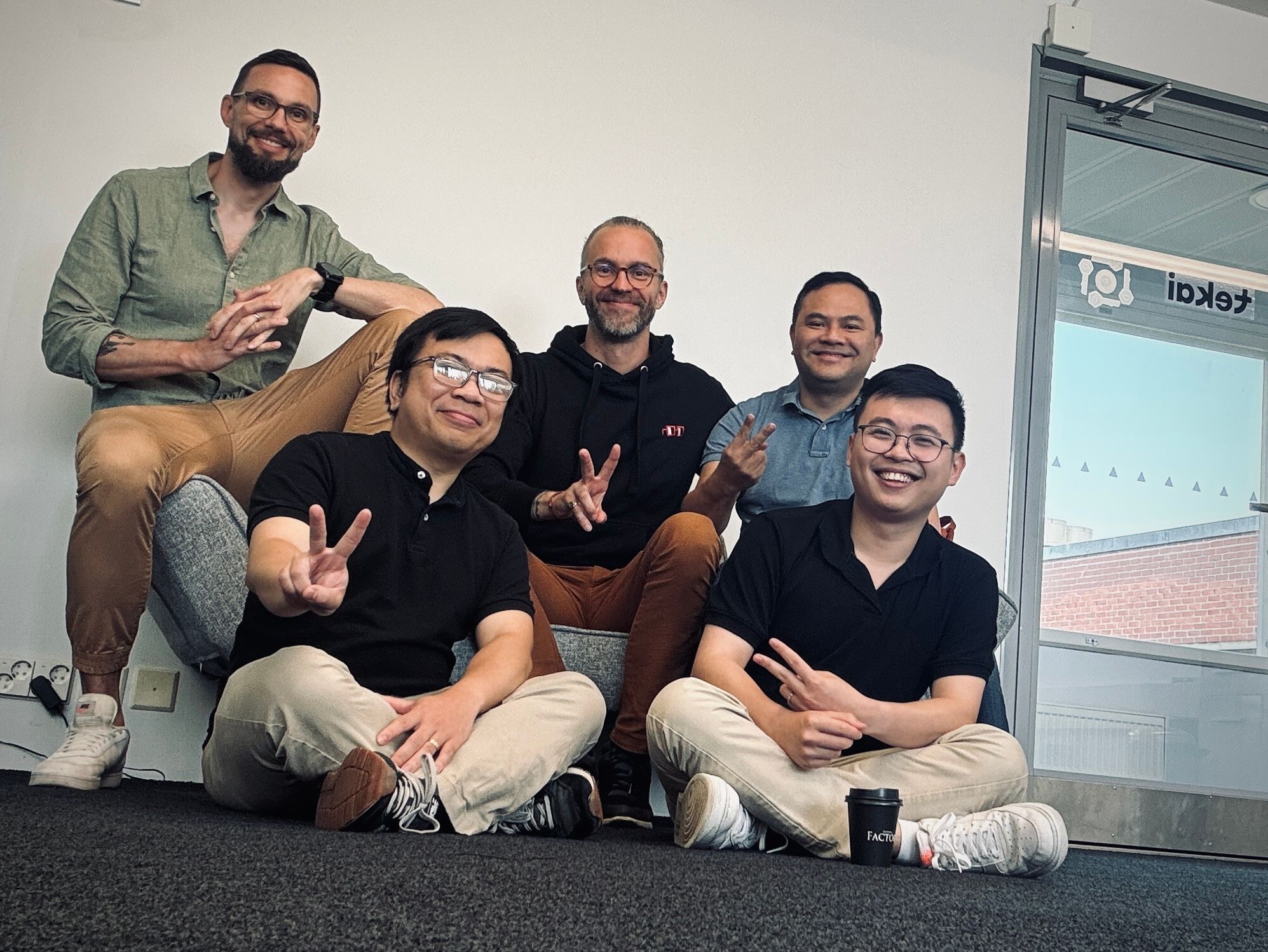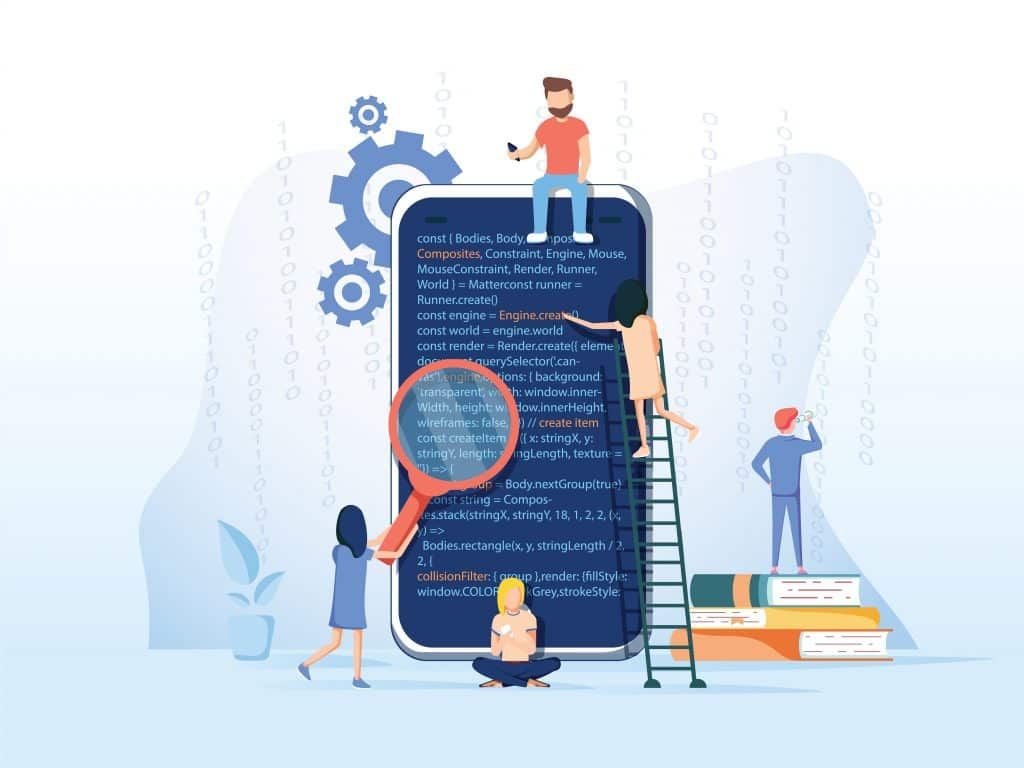The Importance of Language and Communication: Enhancing Project Success in Multinational Teams
03/07/2024
by Jarvis

In an increasingly globalized world, multinational teams have become the norm rather than the exception. However, the diverse makeup of these teams often brings language and communication challenges that, if not addressed properly, can impede project success. Effective communication is the cornerstone of successful collaboration, enabling teams to overcome cultural barriers, align on goals, and achieve outstanding results.
 Why Language and Communication Matter
Why Language and Communication Matter
Clarity and Precision:
Clear communication ensures that all team members understand project goals, tasks, and expectations. Misunderstandings due to language barriers can lead to errors, missed deadlines, and frustration.
Building Trust:
Transparent and open communication helps build trust among team members. When team members feel heard and understood, they are more likely to collaborate effectively and support each other.
Enhancing Collaboration:
Effective communication fosters a collaborative environment where ideas can be freely exchanged. This is particularly important in creative and problem-solving processes, where diverse perspectives can lead to innovative solutions.
Reducing Conflicts:
Many conflicts in multinational teams arise from miscommunications or cultural misunderstandings. By prioritizing clear and respectful communication, teams can prevent and resolve conflicts more efficiently.
Boosting Morale and Engagement:
When communication is clear and inclusive, team members feel more valued and engaged. This can lead to higher morale, better job satisfaction, and increased productivity.
 Tips for Effective Communication in Multinational Teams
Tips for Effective Communication in Multinational Teams
- Establish Common Language Norms:
- Choose a Common Language: Decide on a common working language for all communications. Ensure that all team members have sufficient proficiency in this language.
- Provide Language Training: Offer language training sessions for team members who need to improve their skills.
- Use Clear and Simple Language:
- Avoid Jargon and Idioms: Use straightforward language to avoid misunderstandings.
- Be Concise: Keep messages short and to the point to minimize confusion.
- Leverage Technology:
- Use Collaboration Tools: Utilize tools like Slack, Microsoft Teams, or Zoom to facilitate real-time communication.
- Visual Aids: Incorporate visual aids like diagrams, charts, and presentations to complement verbal and written communication.
- Encourage Open Communication:
- Create a Safe Space: Foster an environment where team members feel comfortable sharing their thoughts and concerns.
- Regular Check-ins: Schedule regular meetings to ensure everyone is aligned and to address any issues promptly.
- Cultural Sensitivity:
- Understand Cultural Differences: Be aware of cultural norms and practices that may influence communication styles.
- Respect Diverse Perspectives: Encourage team members to appreciate and respect different viewpoints.
- Feedback Mechanisms:
- Seek Feedback: Regularly ask for feedback on communication practices and be open to making adjustments.
- Provide Constructive Feedback: Offer constructive feedback to help team members improve their communication skills.
 Practical Examples
Practical Examples
Weekly Stand-up Meetings:
Conduct short, regular meetings where team members can provide updates, share challenges, and ask for help. This keeps everyone informed and engaged.
Multilingual Documentation:
Provide key project documents in multiple languages if necessary. This ensures that all team members have access to important information.
Cultural Workshops:
Organize workshops to educate team members about different cultures represented in the team. This can improve understanding and foster better communication.
 Conclusion
Conclusion
Effective communication is vital for the success of multinational teams. By establishing clear language norms, leveraging technology, encouraging open communication, and being culturally sensitive, teams can overcome language barriers and enhance collaboration. This not only leads to successful project outcomes but also creates a positive and inclusive work environment.
By prioritizing communication, multinational teams can harness their diverse strengths and achieve exceptional results together. If you’re leading a multinational team or planning to do so, start by focusing on communication strategies that bridge gaps and build strong, cohesive teams.
Learn more about how our FinViet Connect Service model can help you achieve seamless collaboration and cost-effective development solutions.























